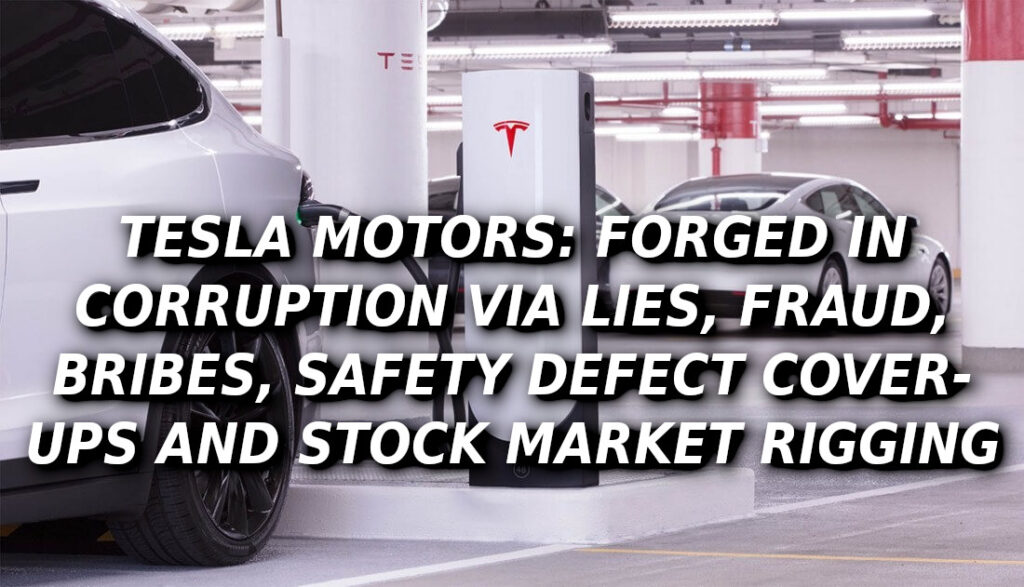E&E Legal Files Motion, Brief, Publishes Report: Dozens of New FOIA’d Emails Show Lobbyists Allowed by EPA to Co-write GHG Regulatory Options on Senior Official’s Yahoo Email Account
Group asks Court in GHG litigation to consider top Policy Office Official use of private account to outsource “agency expertise” to lobbyists
Washington, D.C. – The Energy & Environment Legal Institute (E&E Legal) released a report today laying out for the first time a pattern of ex parte communications by EPA officials gathered from Freedom of Information Act (FOIA) requests, piecing together emails obtained by E&E Legal, the Competitive Enterprise Institute and a law student in his litigation with EPA, including many released for the first time.
Washington being Washington, amid all the legal and technical problems challengers to the Clean Power Plan raised, in the end no other challenger was willing to press the argument that a rule should be vacated over backdoor dealings between lobbyists and an out of control agency.
That is, however, a proper role of a public interest group, and is the reason the Energy & Environment Legal Institute entered the GHG case. So, Friday night, E&E Legal asked the D.C. Circuit for permission to file a brief, supplemental argument that the Clean Power Plan needs to be sent back to EPA for an honest restart, presenting FOIA’d emails reflecting what the WSJ called EPA’s Secret Staff, crediting E&E Legal’s dogged pursuit with uncovering these abuses.
In particular, Michael Goo, then EPA’s Associate Administrator for the Office of Policy, led the working group writing the initial memo on EPA’s options regarding regulating coal power plants. Using his private email, rather than his official EPA email, Mr. Goo secretly shared these draft options with lobbyists and high-level staffers at the Sierra Club and the Clean Air Task Force (CATF) who in turn, like Natural Resource Defense Council staff, told him how to alter the policy that was ultimately implemented in the Rule. For example:
- Only two hours after receiving the infamous “memo I didn’t want to send in public” on his Yahoo account from Sierra’s John Coequyt, which explained how “EPA can therefore establish a performance standard for existing plants that is not achievable by any plant nearing the end of its ‘remaining useful life’ as defined by EPA”, Goo sent to other high ranking EPA staff a document entitled “NSPS new source options” (titles notwithstanding this and related correspondence addressed both new-source and existing-source regulation being developed).
- Goo, using Yahoo email, sent Sierra Club a draft of the EPA working document titled “NSPS Option X” laying out the proposed rule. He also sent Sierra Club another version of this document, one which reflected edits made the day before by staff for the outside activist group Clean Air Task Force, as extensively documented in the Report, again all on his private account. This version, “NSPS Option for Existing Utilities: Single Emission Rate Approach,” was marked “Draft Deliberative.” This meant that it reflected the deliberations of senior governmental policy-making officials.
- Using Goo’s non-official account, senior staff at NRDC sent him numerous memos (for which Goo thanked them), and internal documents including an analysis titled “Retire v Co-fire,” informing him they were “concerned that a coal only standard is not likely to achieve significant emissions reduction” and argued against allowing existing coal plants to reduce emissions by co-firing coal and natural gas and in favor of forcing those plants to close.
- Goo kept CATF apprised of his briefings of the EPA administrator on the proposed rule. CATF wrote, “I know you said the NSPS briefing for the Administrator is today. Here is the latest on our development of a “function” for use in a EGU NSPS rule.” CATF later wrote, “I wanted to give you some brief reactions from CATF staff to your read out from the meeting with the Administrator.”
Through these communications, and by heavily incorporating their edits and input into EPA’s own deliberative drafts, Goo made CATF and these other groups effectively part of EPA’s work group developing the Clean Power Plan In turn other emails obtained by CEI show EPA made a priority of including Goo, despite that while his outside lobbyist colleagues may have possessed relevant expertise, those same parties made clear to him that he did not.
None of these communications were docketed in the public record when the Notice of Proposed Rulemaking (NPRM) was released for comments. Goo only provided these records to EPA in late August 2013, nearly two and a half years after much of the correspondence occurred, while preparing to leave the Agency’s employ.
Yet EPA did have these records in its possession in time to have placed them in the public docket when it released its NPRM. The result of this deficiency is that commenters could not have known that the Rule was drafted through such extensive ex parte contacts with environmental groups with whom Mr. Goo once worked when employed by NRDC. Such secrecy is inconsistent with fundamental principles of due process, fair notice, and accountable government.
Protecting secret access isn’t just bad government, it puts off a reckoning for lawless governance. When an agency hides secret regulatory dealing as E&E Legal has uncovered the law requires that rule to be struck.
“This report affirms in stark and disturbing detail that the necessary, clear line between special interests and government does not exist at EPA,” said E&E Report author Chris Horner.
For review of emails produced by EPA under FOIA and used in this report, please see the following links:
http://eelegal.org/wp-content/uploads/2016/02/Post-5.12.11-Goo-Options-Memo-to-LPJ.pdf
http://eelegal.org/wp-content/uploads/2016/02/Pre-5.12.11-Goo-to-LPJ-Options-Memo.pdf
http://eelegal.org/wp-content/uploads/2016/02/Mindset-Exemplars.pdf
|
|
The Energy & Environment Legal Institute (E&E Legal) is a 501(c)(3) organization engaged in strategic litigation, policy research, and public education on important energy and environmental issues. Primarily through its petition litigation and transparency practice areas, E&E Legal seeks to correct onerous federal and state policies that hinder the economy, increase the cost of energy, eliminate jobs, and do little or nothing to improve the environment.
